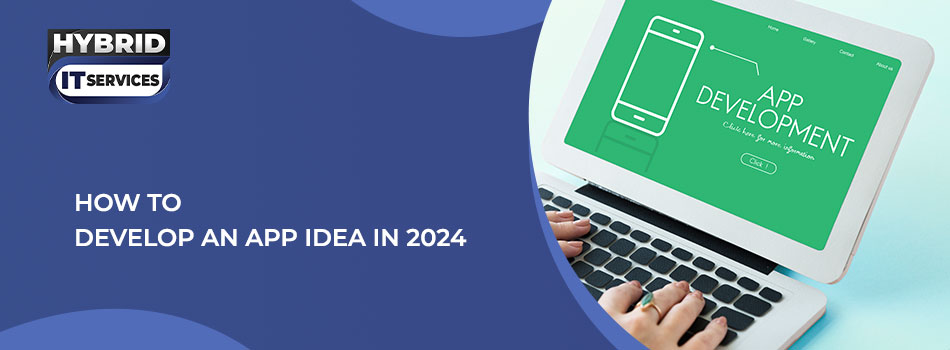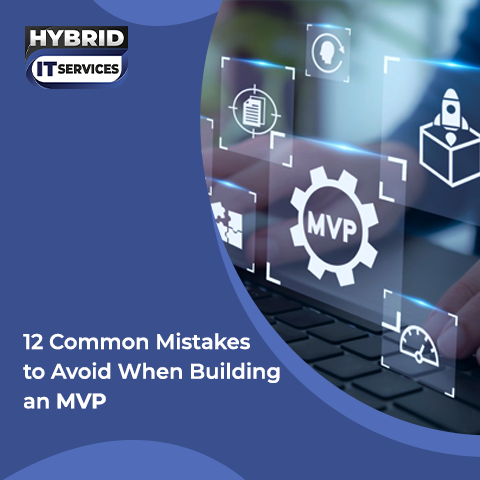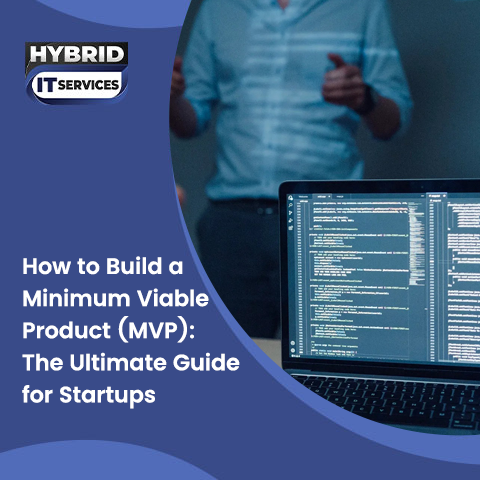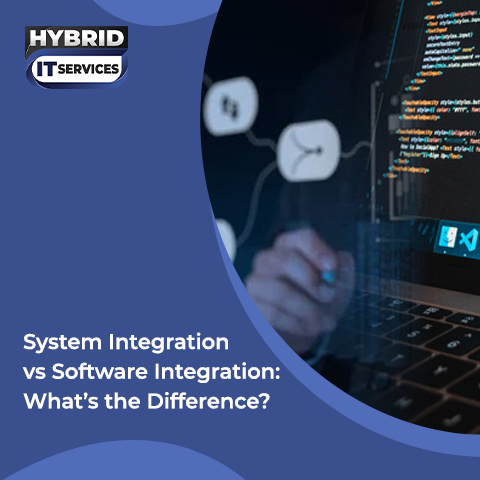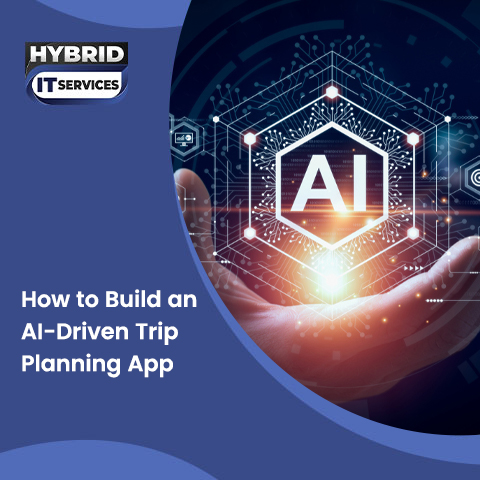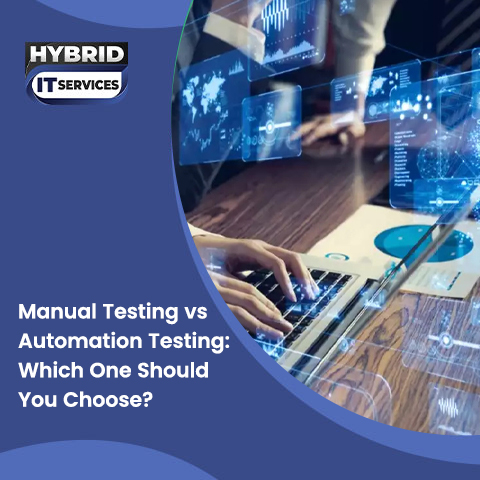The year 2024 continues to present unprecedented opportunities in app development. With the rapid advancement of technology, the demand for innovative, user-friendly apps is higher than ever. However, developing a successful app requires more than just a great idea. It involves careful planning, market research, and a deep understanding of your target audience. This article provides a detailed guide on how to develop an app idea in 2024, covering each essential step in the process.
Understanding the App Development Process
Before exploring the specific steps to developing an app idea, it's important to understand the broader app development process. App development is not a single task but a series of interconnected stages that guide you from the initial idea to a fully functioning product.
- Idea Generation
- Research and Validation
- Planning and Strategy
- Design and Development
- Testing and Quality Assurance
- Deployment and Launch
- Post-Launch Monitoring and Updates
Now that we have a basic understanding of the app development process let's explore how to develop an app idea. But before we dive in, be sure to read this article: What are the Benefits of Having an App for a Business?
Step-by-Step Guide to Developing an App Idea
Here, we have multiple steps on how to get an app idea developed:
Refining Your App Concept
The foundation of any successful app lies in a well-conceived idea. However, creating a truly unique and valuable app idea requires time, creativity, and careful consideration. Here's how to approach this step:
- Identify Problems or Needs: Start by identifying everyday problems or unmet needs in the market. Consider gaps in current apps or areas where user experience can be improved.
- Inspiration from Existing Apps: Look at existing apps for inspiration, not to copy, but to identify features or concepts that could be enhanced or reimagined.
- Mind Mapping: Use mind mapping techniques to explore different aspects of your idea. This can help you expand your concept and consider various features and functionalities.
- Seek Feedback: Discuss your idea with friends, colleagues, or potential users to get initial feedback. This can help refine your idea and identify any possible flaws early on.
Clearly Define Your App's Objective
Once you have a solid idea, it's crucial to define your app's purpose and target audience clearly. This step ensures that your app will address a specific need and appeal to a defined group of users.
Write a clear and concise purpose statement for your app. What problem does your app solve? What value does it provide to users? This statement will guide the development process and keep your team focused. Determine who your app is for. Consider demographics such as age, gender, location, and interests. Understanding your target audience will influence design decisions, features, and marketing strategies.
Perform Thorough Market Analysis
Market research is a critical step in app idea development that can make or break your app's success. By understanding the competitive landscape and market demands, you can tailor your app to stand out.
Identify and analyze your competitors. What do their apps offer? What are their strengths and weaknesses? Use this information to differentiate your app. Stay updated on the latest trends in app development, such as popular features, design styles, and user preferences. This will help you create a modern and relevant app. Conduct a SWOT (Strengths, Weaknesses, Opportunities, Threats) analysis to understand where your app stands in the market and how it can compete effectively.
Detail Features and Functionalities
With a clear understanding, identify the core features essential to your app's functionality. These should directly address the problem your app aims to solve. Consider additional features that enhance the user experience or differentiate your app from competitors. However, avoid feature creep and focus on quality over quantity.
Map out the user flow or the path a user will take through your app. This includes how users navigate and interact with the app's features from one screen to another. It would help if you created wireframes or simple sketches of your app's layout. This helps visualize the structure of your app and provides a blueprint for the design and development phases.
Select the Most Suitable Development Strategy
Building apps specifically for a single platform (iOS or Android) using the platform's native programming languages (Swift for iOS, Kotlin/Java for Android).
- Native Development: Native apps offer the best performance and user experience but require separate development efforts for each platform.
- Cross-Platform Development: Using frameworks like React Native, Flutter, or Xamarin to build apps that run on multiple platforms with a single codebase saves time and resources while maintaining a near-native experience.
- Progressive Web Apps (PWAs): PWAs are web applications that behave like native apps. They are accessible through a web browser but can be installed on a user's device like a traditional app. PWAs are cost-effective and easy to maintain but may lack some advanced features of native apps.
- Hybrid Development: Hybrid development combines elements of native and web apps and allows for faster growth and deployment across multiple platforms. It is a good choice for apps that require a quick time to market and are moderately complex.
Develop a Minimum Viable Product (MVP) for Initial Testing
Developing a Minimum Viable Product (MVP) is an intelligent strategy to test your app idea with minimal investment. An MVP is a simplified version of your app that includes only the essential features needed to validate your concept and gather user feedback. Your MVP should focus on delivering the core functionality that addresses your app's primary purpose. Avoid adding unnecessary features at this stage.
Aim for quick development and deployment of the MVP. The goal is to get your app in front of users as soon as possible to start gathering feedback. Once your MVP is live, encourage users to test the app and provide feedback. This feedback is invaluable for identifying issues, understanding user preferences, and refining your app before the full launch.
Focus on Developing
After validating your idea with an MVP, the next step is fully developing your app. This phase involves several key activities:
- UI/UX Design: Based on the MVP's feedback, design the user interface (UI) and user experience (UX). The design should be intuitive, visually appealing, and aligned with your target audience's preferences.
- Development: Your development team will code the app based on the finalized design and features. Depending on your chosen development approach, this could involve native, cross-platform, or hybrid development.
- Quality Assurance (QA) and Testing: Thorough testing is critical to ensure your app is free of bugs and performs well across different devices and operating systems. This includes functional testing, usability testing, performance testing, and security testing.
- Beta Testing: Consider launching a beta version of your app to a select group of users. Beta testing helps identify any remaining issues and provides additional user feedback before the official launch.
You May Also Read: How to Improve User Experience on Mobile Apps?
Monitor Performance and Update Regularly
Implement analytics tools to track key metrics such as user engagement, retention rates, and conversion rates. This data will help you understand how users interact with your app and identify areas for improvement. Continuously collect user feedback through reviews, surveys, and direct communication. Listening to your users is crucial for making informed decisions about updates and new features.
Update your app regularly to fix bugs, add new features, and improve performance. Responding to user needs and market trends will help you maintain a competitive edge.
Hybrid IT App Development Arizona: A Smart Choice
If you're looking for a reliable partner to help you develop your app idea, Custom Mobile App Development Arizona is an excellent choice. With a team of experienced developers, designers, and strategists, Hybrid IT offers comprehensive app development services tailored to your needs.
- Expertise in Cutting-Edge Technologies
- Custom Solutions
- End-to-End Support
- Focus on User Experience
Choosing Custom Mobile App Development Arizona as your app development partner ensures that your app idea is in capable hands, giving you the confidence to bring your vision to life.
Conclusion
Developing an app idea in 2024 requires a strategic approach, creativity, and a deep understanding of your target audience. Following the steps outlined in this guide, you can turn your app idea into a successful reality. Remember, the journey doesn't end with the launch. Continuous improvement and responsiveness to user feedback are vital to maintaining your app's success in a competitive market. Whether you're a seasoned entrepreneur or a first-time app developer, taking the time to plan and execute your idea carefully will set you on the path to success in the dynamic world of app development.

